
So you’re going to be teaching the present progressive? As native English speakers, it’s easy to take our knowledge of grammar for granted. We may not explicitly know the rules, but we’ve been using the language for so long that it feels natural to us. However, when it comes to teaching grammar to adult ESL students, this can actually be a bit of a hurdle.
Many native English speakers struggle to articulate the rules they’ve internalized, which can make it difficult for them to teach grammar to their students effectively. That’s why it’s important to take the time to review and understand the basics, even if you’re a seasoned English speaker. With that in mind, let’s take a look at the present progressive tense and how to teach it to adult ESL students.
Teaching the present progressive: a quick background
What is the present progressive?
The present progressive is a verb tense used to describe ongoing or continuous actions or events happening at the present moment.
It is formed using the present tense of the auxiliary verb “be” followed by the present participle of the main verb. The present participle is the “-ing” form of the verb. For example, the present progressive of the verb “eat” is “I am eating.”
What is the present progressive used for?
The present progressive is often used to describe actions that are in progress at the time of speaking or to talk about plans or arrangements for the future. It can also be used to express the idea that something is happening repeatedly or habitually. For example, you could say, “I am studying for my exams,” “They are going to the park later,” or “She is always talking during class.”
What are some tips for teaching the present progressive?
Are you teaching the present progressive in your next class and looking for an effective way to teach it to adult ESL students? You’ll want to use examples and context. For example, you might want to use a variety of different scenarios to help your students understand when and how to use the present progressive. You might describe someone who is cooking dinner while talking on the phone or someone who is running while listening to music.
By providing clear examples and contexts, you can help your students understand how the present progressive tense can be used.
Another useful tip is to have your students practice using the present progressive tense in a variety of different activities. For example, you might ask them to describe what they’re doing in a series of pictures or have them write sentences using the present progressive tense. This can be a fun and engaging way for your students to practice using the tense, and it can help them get a better feel for how it works.
Task cards can be implemented in lots of enjoyable ways!
Finally, it’s important to give your students plenty of feedback and encouragement as they work to master the present progressive tense. Encourage them to keep practicing and to ask questions if they’re having trouble. And be sure to praise them for their hard work and progress!
Now that the boring stuff is out of the way, let’s get to the good stuff! Er, I mean, now that we’ve covered some general tips for teaching the present progressive tense, let’s take a look at some specific activity ideas you can try out in your classrooms.
Get Progressive with These Four Activities for Teaching the Present Progressive to Adult ESL Students
Activities can add an element of fun and creativity to your lessons, which can make them more enjoyable for both you and your students. By actively participating in the learning process, rather than just passively listening to a lecture, students are more likely to retain information and develop a deeper understanding of the material. Remember, it’s not just you teaching the present progressive–it’s your students learning it.
Get Your Present Progressive Groove On with “What’s Happening?”
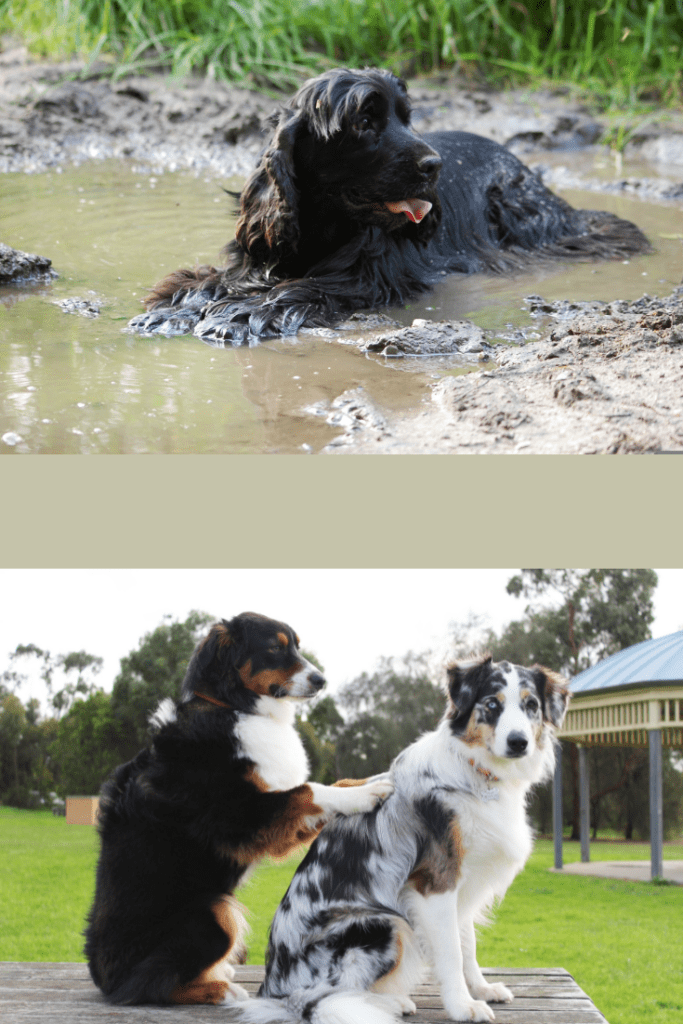
In this activity, you’ll need to get your creative juices flowing and hunt down a batch of pictures showing people doing all sorts of zany activities (e.g., breakdancing, inventing a time machine, etc.). Of course, get some pictures of more everyday activities as well. Feel free to use real photos or go wild with your own drawings.
Once you’ve got your pictures ready to go, hang them up around the room and gather your students into small groups. Give each group a set of sentence stems (e.g., “He is…”, “She is…”, etc.) and let them loose to roam the room, completing the sentences using the present progressive tense as they go.
Adjusting for different levels of English proficiency:

- For lower-level learners, you may want to provide more support by giving them a list of vocabulary words to use in their sentences or by pre-teaching key phrases related to the activities in the pictures.
- For higher-level learners, you can challenge them to come up with more complex sentences or to describe the actions in the pictures using more advanced vocabulary. You can also encourage them to ask and answer questions about the activities using the present progressive tense.”
Get Your Guess On with “Guess What I’m Doing”
In this potentially wacky activity for teaching the present progressive, you’ll want to have your students take a seat in a circle and get ready to test their present progressive skills.
One student will kick things off by announcing, “I’m doing something that starts with the letter X” (or any other letter). The other students will take turns trying to guess what the activity is (e.g., “Are you xylophoning?”). The student who is doing the activity can only say “Yes, I am” or “No, I’m not” to the guesses.
Whoever guesses correctly gets to be the next person to announce the activity they’re doing. If they guess incorrectly, the next student gets a turn. May the best guesser win! I like this because not everyone is comfortable with charades.

Adjusting for different levels of English proficiency:
- For lower-level learners, you may want to provide a list of possible activities to choose from or give them sentence stems to use when describing their activity.
- For higher-level learners, you can challenge them to come up with more complex or abstract activities or to describe their activity using more advanced vocabulary. You can also encourage them to ask and answer questions about each other’s activities using the present progressive tense.
Get Your Scavenger Hunt On with “Present Progressive Scavenger Hunt”
In this action-packed activity for teaching the present progressive, it’s time to get moving!
Create a list of items your students need to find around the classroom or school (e.g., a pencil, a book, etc.). Divide your students into pairs or small groups and give each group a copy of the list.
Tell them they need to find all the items on the list and describe what they’re doing as they search for each item using the present progressive tense (e.g., “We’re looking for a pencil under the desk”). The first group to find all the items on the list and return to the starting point wins! Or, keep count of the number of sentences each team calls out and give them a point value as well.
Adjusting for different levels of English proficiency:
- For lower-level learners, you may want to provide a list of possible actions to use when describing their search (e.g., “We’re looking for a pencil under the desk”) or give them sentence stems to use.
- For higher-level learners, you can challenge them to come up with more complex or abstract items to find or to describe their search using more advanced vocabulary. You can also encourage them to ask and answer questions about each other’s searches using the present progressive tense.”
Storytime…with “Present Progressive Tales”
This activity for teaching the present progressive is a great way to get your students’ creativity flowing and practice using the present progressive tense at the same time.
Divide your students into pairs or small groups and give each group a set of cards with various actions written on them (e.g., cooking, singing, etc.). Have them use the present progressive tense to create a wacky, wild, or whimsical story using the actions on the cards. Encourage them to get creative and have fun with it! Who knows what kind of tales they’ll come up with? Are your students a little shy? Give them a nutty example featuring yourself. Teaching the present progressive doesn’t always involve poking fun at yourself, but they’ll love it when it does!
Adjusting for different levels of English proficiency:
- For lower-level learners, you may want to provide a list of possible actions to use in their stories or give them sentence stems to use. You can also give them a story outline to follow to help them get started.
- For higher-level learners, you can challenge them to come up with more complex or abstract actions to include in their stories or to use more advanced vocabulary. You can also encourage them to ask and answer questions about each other’s stories using the present progressive tense.”
And that’s it…teaching the present progressive tense is that easy and that fun!
So, you’ve braved the wild world of teaching the present progressive tense to adult ESL students – congratulations! With a little bit of review, some clever context-setting, and some seriously fun activities, you’ve helped your students master this tricky verb tense and take their English language skills to the next level. Now that your students are present progressive pros, it’s time to give yourself a well-deserved pat on the back and bask in the glow of a job well done.
Buckle up because you need to teach grammar like it’s your job. (Because it is.)
- 7 FUN Activities for Opposite Adjectives
- Improve Your Grammar Lesson with Fun Speaking Activities!
- 6 Fun Simple Present Activities for Adult ESL
Looking for BOOM cards? You’ve found them!
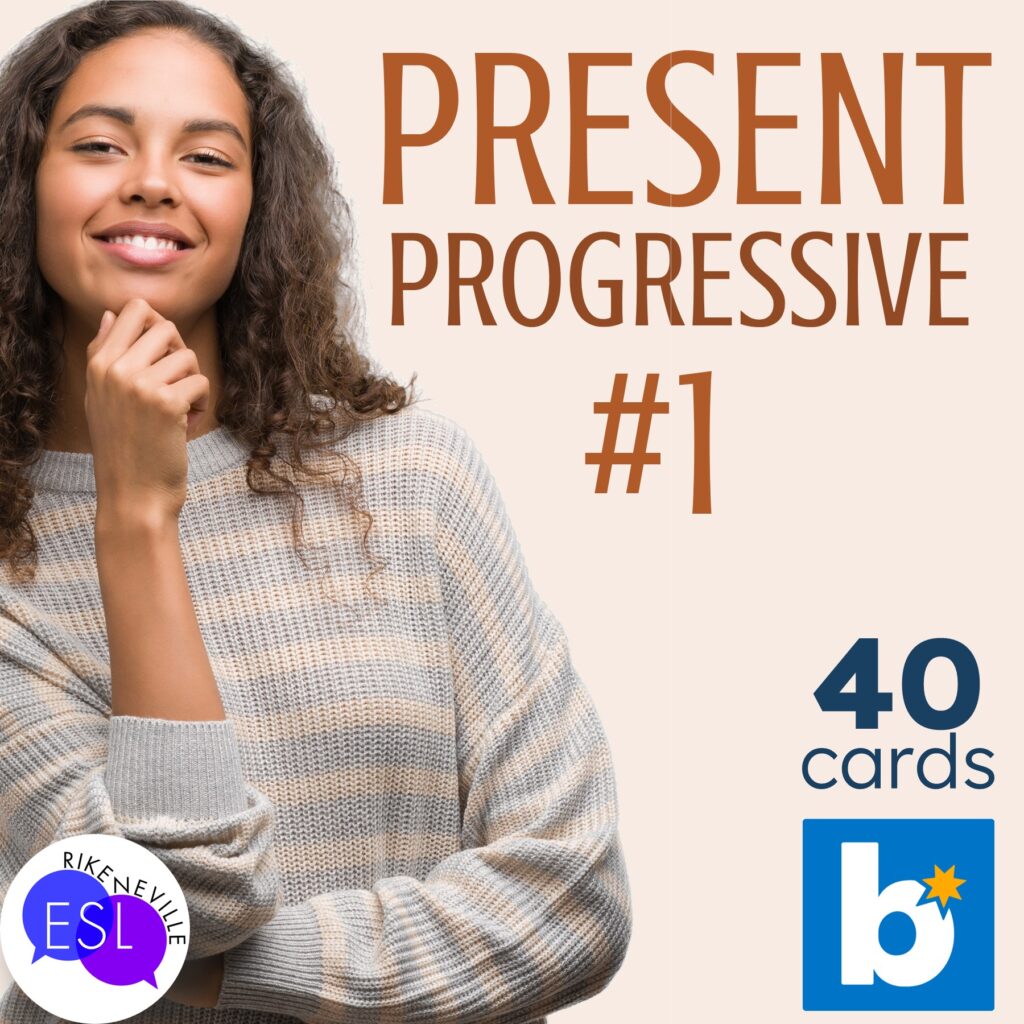
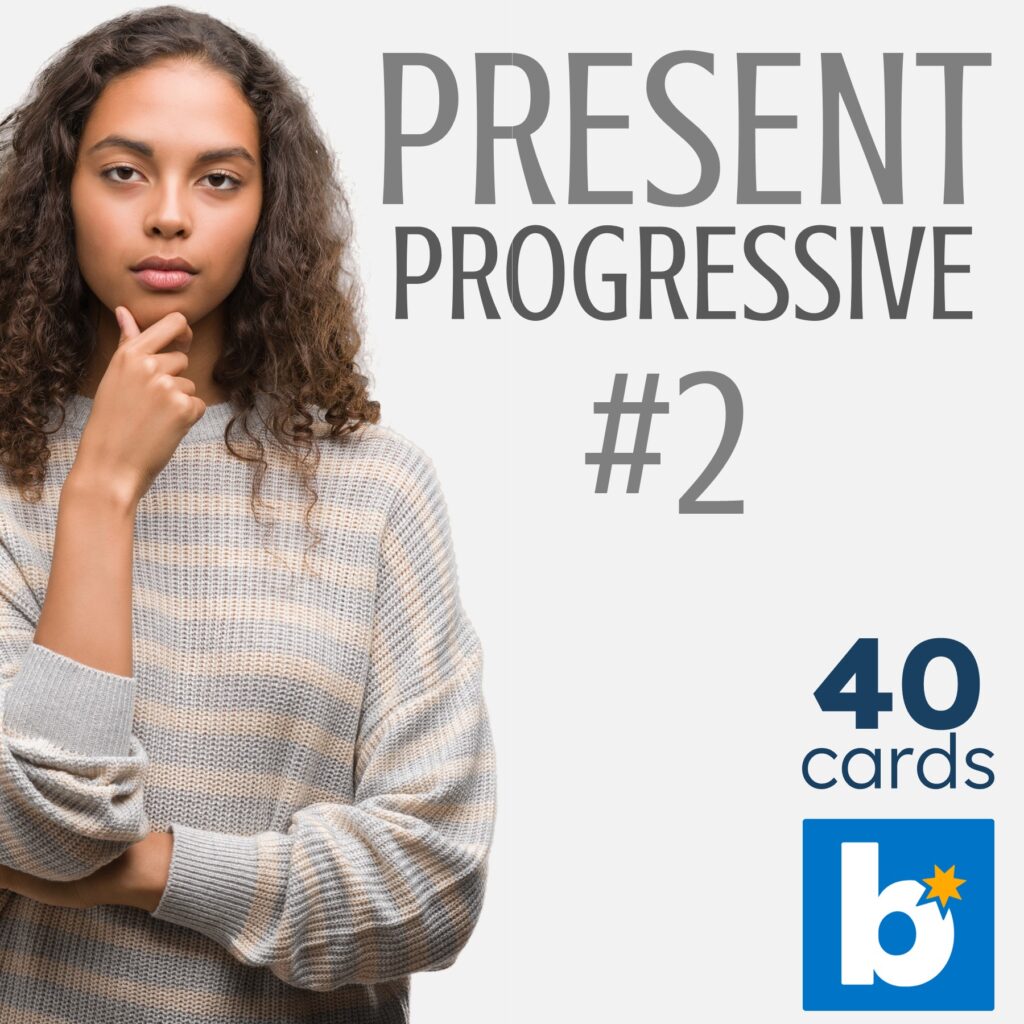

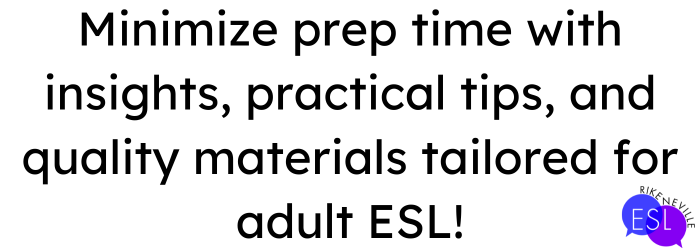

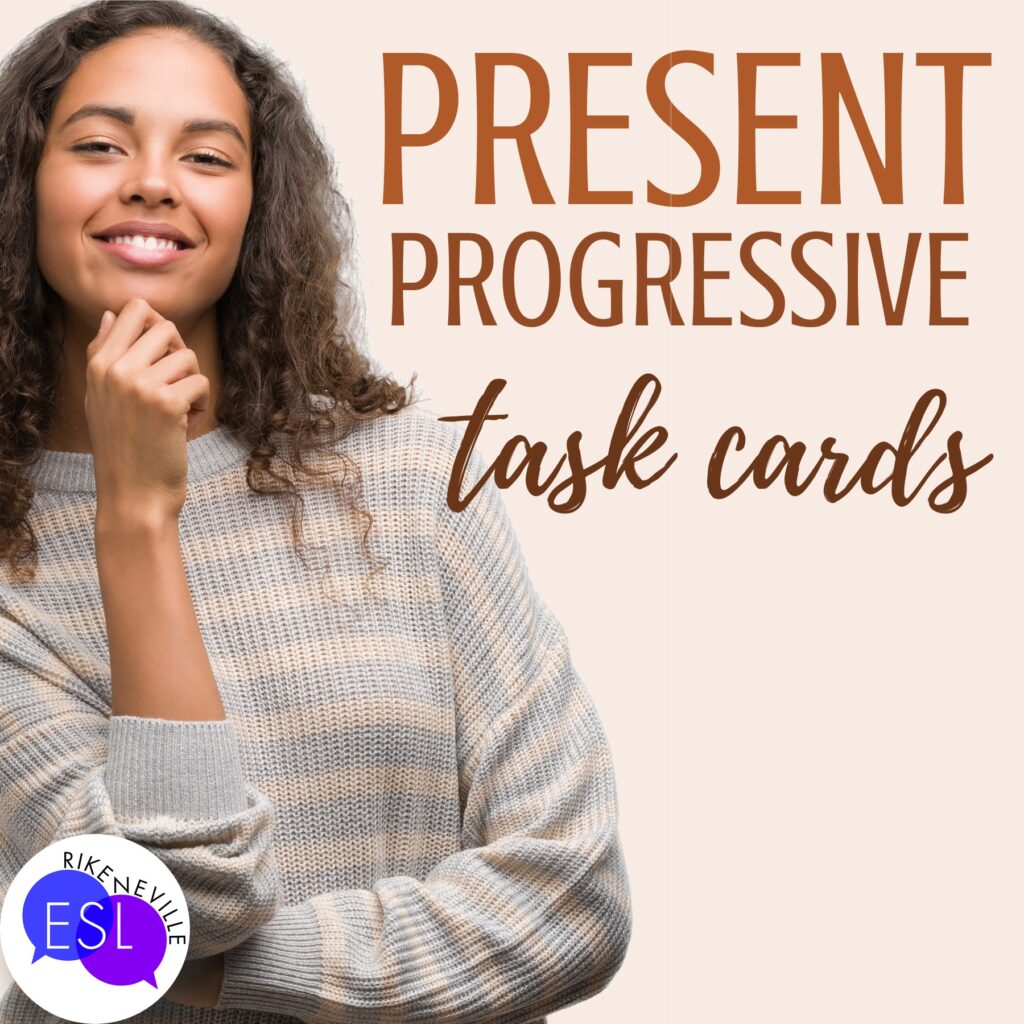
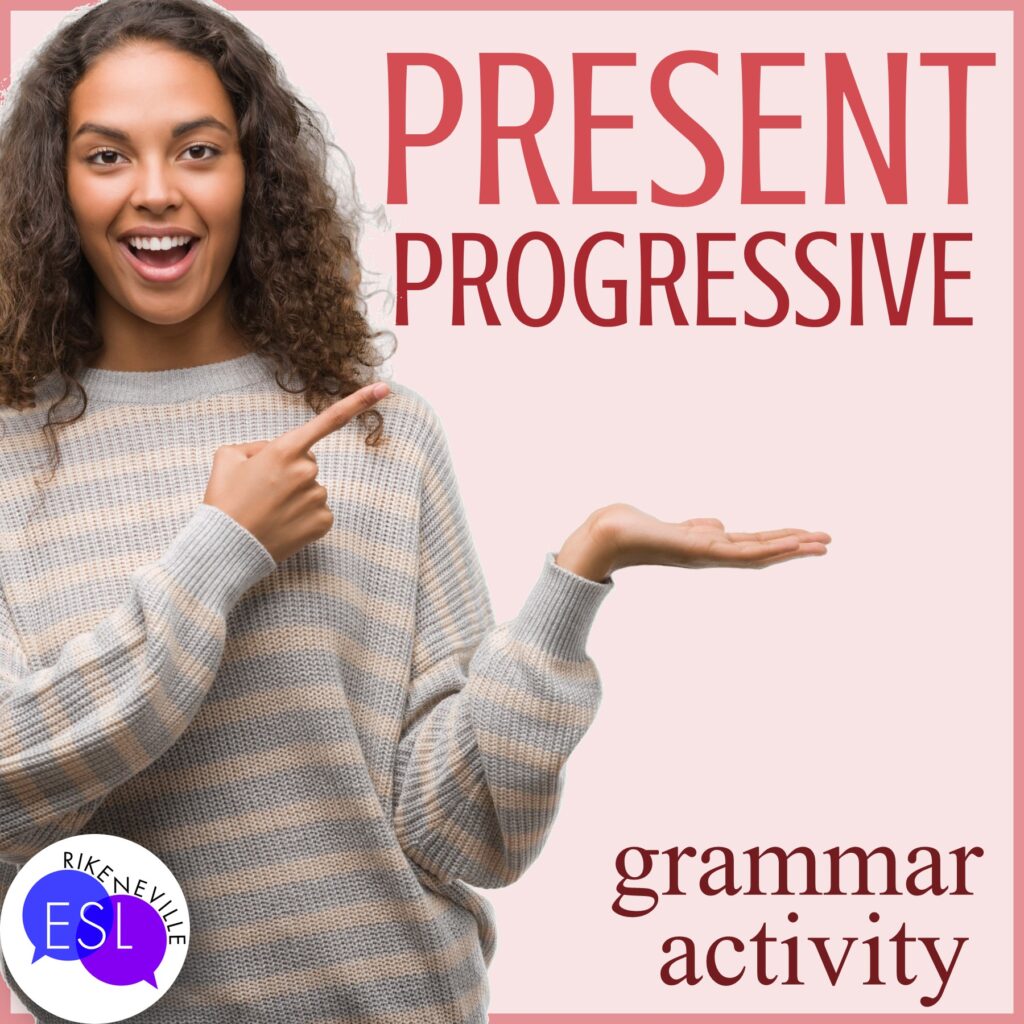
Leave a Reply